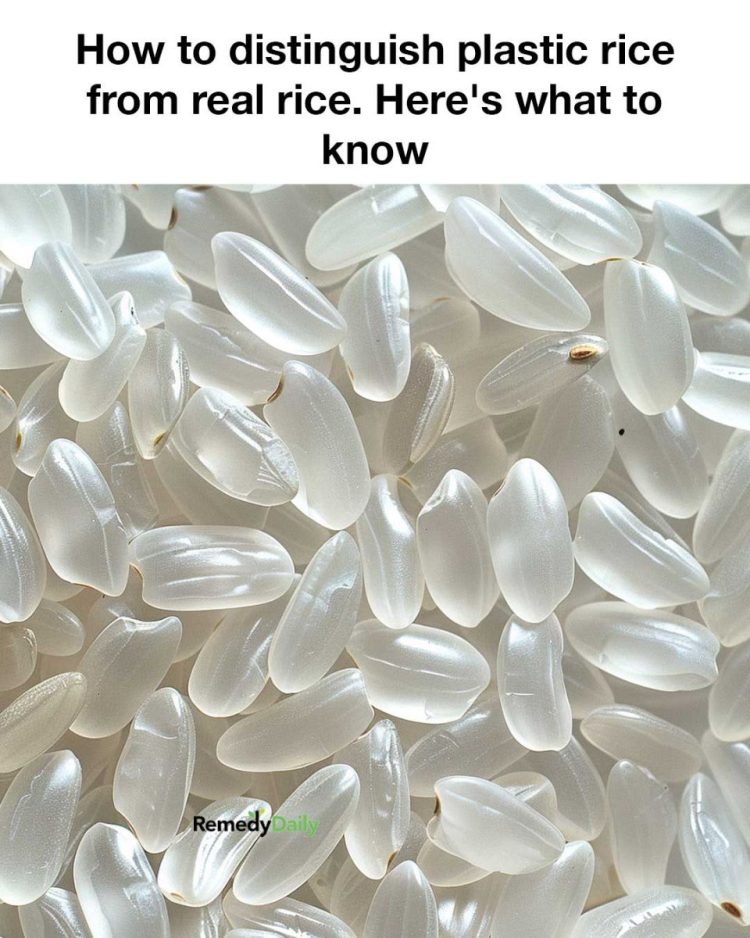In recent years, the issue of plastic rice has sparked concern among consumers worldwide. Reports of counterfeit rice made from synthetic materials have raised alarms about food safety and authenticity. This phenomenon has led to a growing demand for methods to distinguish real rice from its plastic counterpart.
Plastic rice is said to be made from a mixture of potatoes, sweet potatoes, and synthetic resin, molded into rice-like grains. While the extent of the problem is still under investigation, the potential health risks and economic implications make it crucial for consumers to be informed about how to identify and avoid plastic rice.
1. Understanding the Plastic Rice Phenomenon
Plastic rice is believed to originate from unscrupulous manufacturers looking to cut costs by substituting real rice with cheaper, synthetic alternatives. These fake grains are often mixed with real rice to make detection more difficult. The synthetic resin used in plastic rice can be harmful if ingested, leading to potential health risks.
Reports of plastic rice have surfaced in various countries, causing widespread concern. The grains are designed to mimic the appearance of real rice, making visual identification challenging. This has led to the development of several tests and methods to help consumers differentiate between the two.
2. Health Risks Associated with Plastic Rice
Consuming plastic rice can pose significant health risks due to the presence of synthetic materials that are not meant for human consumption. These materials may contain toxic substances that can lead to gastrointestinal issues, liver damage, and other health complications.
The ingestion of plastic particles can also contribute to long-term health problems, as they may accumulate in the body over time. This highlights the importance of ensuring the authenticity of rice before consumption to avoid potential health hazards.
3. The Importance of Rice Authenticity
Rice is a staple food for billions of people around the world, making its authenticity crucial for both health and economic reasons. Ensuring the rice you consume is genuine not only protects your health but also supports ethical agricultural practices and prevents economic losses for legitimate producers.
Authentic rice provides essential nutrients and energy, making it a vital component of a balanced diet. By being vigilant about rice authenticity, consumers can contribute to maintaining the integrity of the food supply chain.
4. The Water Test: A Simple Buoyancy Check
see continuation on next page
